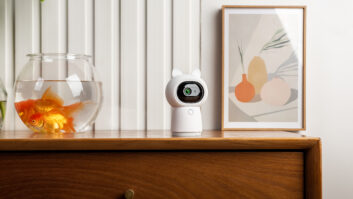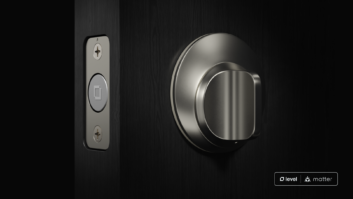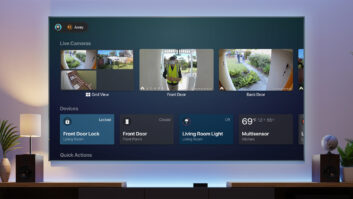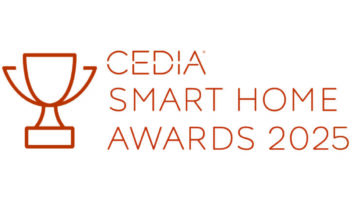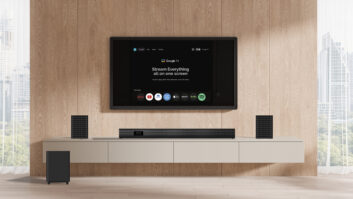
The green tech movement has been going strong for a while now. Making money while helping to save the planet is a serious win-win for everyone. Right at the front of the movement, of course, is solar power.
When most people hear the term “solar power,” they picture big, dark-colored solar panels that are fixed to the roof of a house. But it’s much, much more than that nowadays. Solar power is used in everything from security cameras to blinds that practically have a mind of their own. The solar-powered world is evolving in the most exciting ways.
This article will explore the benefits of solar-powered devices and discuss the state of the industry. We’ll also look at the challenges that come with solar-powered gadgets and how to integrate them into your home.
Why Solar?
First, let’s discuss the benefits of using solar power in our devices since we have other means of energy available.
For one, using solar energy to power our smart home devices reduces dependence on traditional electricity. For the average consumer, this can mean a lower utility bill.
Using less electricity from the grid also reduces dependency on electric companies. When there is a power outage, solar-powered devices can often keep going. Scientists predict an increase in severe weather events and temperatures in the coming decades. This will inevitably lead to more power outages and has thus led to an increase in consumers interested in owning more items that decrease their dependency on public electricity.
Solar-powered devices also demand less maintenance than conventional devices, meaning consumers can cut their long-term costs and effort.
Finally, using solar energy supports the growth of the renewable energy sector. This helps to grow the economy while also helping to lessen the effects of climate change.
The Market for Solar-Powered Home Gadgets
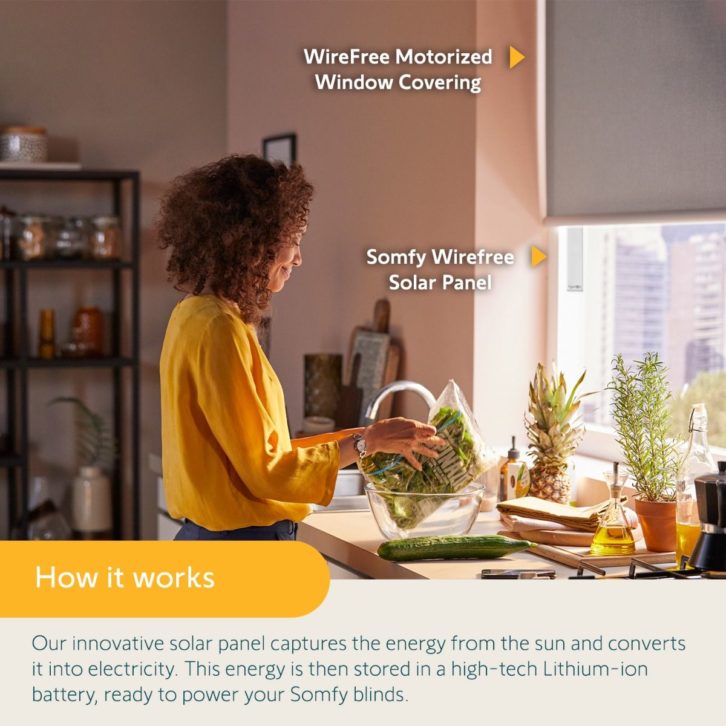
The market for solar-powered smart home gadgets is expanding at an impressive rate. This has brought with it a huge range of products now available to homeowners.
Some of the most common solar-powered gadgets include:
- Security systems
- Outdoor lights
- Smart blinds
- Lawn and garden appliances
- Thermostats
- Smart speakers
There is no question that the increase in the production of solar-powered smart home gadgets is now a clear trend and not just a passing phase. The reason it’s such an important part of the industry’s future is due to the massive push from both companies (tech giants and startups) and consumers to expand the application of solar technology.
This interest comes directly from the need to decrease our reliance on grid electricity and reduce carbon footprints on the consumer side and the desire to capitalize on government incentives for renewable energy from the corporate side. Energy efficiency is simply becoming a key selling point. Such a broad and powerful trend will surely drive higher market demand for solar-powered home devices in the future.
How We Got Here
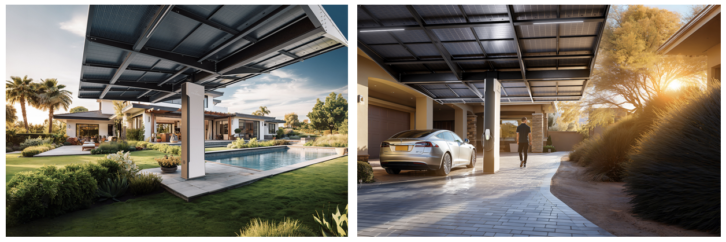 Solar cell technology has profoundly shaken the renewable energy world. Probably the biggest development in this sector has been the emergence of Perovskite solar cells.
Solar cell technology has profoundly shaken the renewable energy world. Probably the biggest development in this sector has been the emergence of Perovskite solar cells.
These cells are rather new and have not yet reached their potential for long-term durability (and thus for widespread commercial application), but they currently offer efficiency rates of approximately 30%. With the average efficiency of solar panels hovering around 15-22% right now, this new efficiency level will shape the industry in the coming years.
The invention of quantum dot solar cells has also proven to be a giant shift in the industry. These have allowed for superior light absorption and better semi-conductor performance. This, combined with the development of solar concentrators, which increase the sunlight received, will increase the efficiency of solar cell performance even further.
Researchers are also exploring organic photovoltaic cells. Using organic photovoltaic cells provides transparency and flexibility within devices. Applications for everything from building materials to wearable devices have been imagined.
The Challenges of the Solar-Powered Gadgets Industry

The first and most obvious challenge is the price of these devices, as the initial costs can be a bit steep. That said, the market for these devices is quite new, and as it usually goes, market maturity will no doubt lead to a gradual lowering of prices. This will likely happen even faster due to increased government incentives for developing green technology.
Also, there are environmental concerns about the lifespan of solar panels and devices and the issues associated with disposing of or recycling spent materials. This can be a problem for eco-conscious consumers since buying solar-powered devices is supposed to be a solution to using less environmentally-friendly options. Another drawback could be your location. Being dependent on the sun can become an issue if you don’t have enough access to this resource. This can be especially problematic for larger solar-powered devices like solar panels for your roof.
One solution here is to hire roofers who can identify the best placement of the panels and maximize your roof’s surface. If you’re going to hire a contractor to help with your roof, make sure to use roofing contractor software with features such as direct payments and messaging to help make things easier for you.
How To Integrate Solar-Powered Devices Into Your Home
You might be all set to turn your home into a solar-powered hub, but where do you start? Here are some quick tips and tricks to help set you up.
Start Small: If you’re new to the solar scene, it’s easy to go all out and then become overwhelmed. The best solution is to start with something simple like solar-powered outdoor lights or a solar charger before moving on to more complex devices.
Find the Sun: Find where the sun’s rays hit your home the most since they won’t hit the same everywhere. Perhaps you have a balcony that gets abundant sunlight? This would be a great place for a solar security camera. Or maybe you have a window sill that gets plenty of afternoon sun? It might be an ideal spot for a solar battery charger.
Energy Storage is Key: Because sunlight isn’t omnipresent, many solar gadgets will come with battery storage. Gadgets that have battery storage could lend themselves to indefinite, uninterrupted service.
Integrating With Other Smart Devices: If you’re interested in solar-powered home devices, you probably already have other smart devices in your home. Make sure anything else you want to buy will work under the same interface for better convenience.
Don’t Forget Maintenance: Solar devices are usually low-maintenance, which is a huge part of their appeal. That said, remember to wipe dust and debris away at regular intervals for the best performance.
Conclusion
The future of home tech isn’t just smart – it’s sustainable too. We live in amazing times where we can use gadgets that leverage the power of the sun, our most valuable source of renewable energy. Every time you switch to a solar-powered device, you’re making a statement. This statement is that not only do you appreciate great technology, but you care about being part of the solution for the planet.
While these new technologies can be a bit pricey, eventually, markets will bring the prices down, eliminating much of the barrier to using them. For now, start small, scale up, and remember to buy gadgets that come with a battery for uninterrupted use. Integrate them with your smart home devices, and be sure to maintain them properly, and they’ll last for years to come.
See also: Talking Points: Active Vs Passive Speakers: What’s The Difference? Which Is Better?






